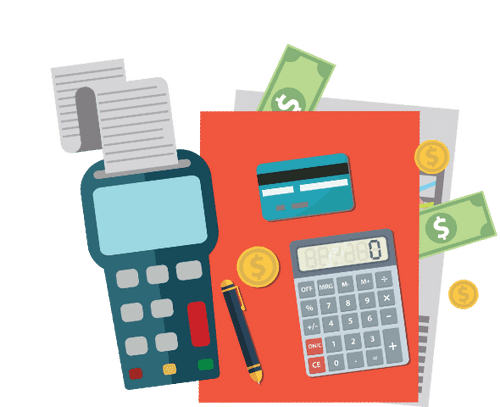Looking for a way to tap into your home equity, lower your mortgage payments or lock in a lower interest rate? Many homeowners will sometimes look to refinancing to either access more money or alleviate their financial burden to pay off debts faster. If this is something that you’re considering, let’s explore what’s involved in a mortgage refinance so you can determine if this is the right move for you.
What does it mean to refinance my mortgage?
Refinancing is when a borrower either looks to borrow more of their home equity (up to 80%), adjust their mortgage amortization schedule or switch their mortgage to a new lender for a different rate or features. There are three ways a homeowner can refinance their mortgage:
- They can break their mortgage before the end of its term to negotiate a new mortgage loan agreement (either with their current lender or a new one).
- If they are at the end of their term and want to borrow extra money against their mortgage, refinancing is an option.
- If a homeowner has no mortgage on their home and wants to leverage the equity, they can refinance and borrow the funds they need.
Depending on how far along you are in your mortgage term, you may be subject to prepayment penalties if you choose to refinance. In most cases, it could either amount to three months’ interest or an interest rate differential – which is the difference between your current rate and today’s rate for a term that is the same duration of what’s left on your mortgage.
Why homeowners choose to refinance
Lower monthly mortgage payments
Refinancing helps to reduce your monthly mortgage payments by changing the terms and increasing the length of your amortization. For example, if you have 15 years left on your mortgage with $692,000 remaining and want to lower your monthly payments, you can increase your amortization to 25 years. With a 2.3% fixed rate, your monthly payments could change from $4,549 to $3,035. Doing this will decrease your monthly payments, but increase the amount of interest paid over the lifetime of your mortgage.
Consolidate debt
Refinancing allows you to combine your mortgage and other major debts into one secured loan of up to 80% of your home’s value – also known as debt consolidation. Many people choose to do this if they have high-interest loans like credit cards or personal loans, which typically have interest rates of 10% or higher. Consolidating your debt gives you a much lower interest rate amortized over a longer period, allowing you to budget better and pay off your debt easier. It can also lower your monthly payments and thus improve your credit score by helping you make payments on time and in full.
Lock in a lower rate
Breaking your current mortgage often makes the most sense in a low rate environment like the one we’re in right now. If interest rates dropped since you first bought your home, you may want to consider refinancing to lock in a better mortgage. Although you’ll likely have to pay a penalty fee, the long-term savings gained from a lower interest rate could potentially outweigh this cost.
Borrow more money
Refinancing helps to unlock funds during times of financial need at a much lower interest rate than a typical loan or credit card. It’s an opportunity to access extra money for other expenses such as home renovations, repairs or even a down payment to invest in another property.
Is refinancing the right move or you?
Before you make any decisions, it’s wise to take the time to understand if refinancing is the best option for you. Here are some tips for you to consider before choosing to refinance:
Tip #1: Consider additional fees
Penalty fees can get expensive – we’re talking tens of thousands of dollars in some cases. For example, prepayment penalties for refinancing can be quite costly if you aren’t very far into your current mortgage term. On top of that, if you choose to refinance, you’ll also have to pay for closing costs such as lawyer and appraisal fees. If these additional expenses don’t fit into your budget, you may want to reconsider refinancing until you can afford it.
Tip #2: Check your credit score
You'll need to qualify for approval just like you did for your initial mortgage, which means your credit score will be reviewed. Having strong credit will increase your chances for approval because it shows lenders that you can manage your monthly mortgage payments.
Tip #3: Determine your home equity
To calculate this, take the current market value of your home and subtract your mortgage balance. If your goal is to refinance to borrow money, the amount you can borrow will be based on the amount of equity you have in your home.
Tip #4: Shop around different lenders
Some lenders may offer better features and rates and lend more than others. Shopping around will help you figure out the maximum amount you can borrow and lock in the best rate. At Homewise, we help you shop around and present the various mortgage options available in the marketplace so you can make the right decision.
Tip #5: This is a long-term decision
Refinancing is a decision that benefits homeowners over the years (not months). So, if you’re planning on moving homes in the near future, a mortgage refinance is probably not your best option.
At Homewise, our goal is to find you the best mortgage by guiding you through every step of the process. If you’ve been considering mortgage refinancing, apply online with us today and one of our dedicated Mortgage Advisors will be happy to help you understand what’s involved and if this makes sense for you.







